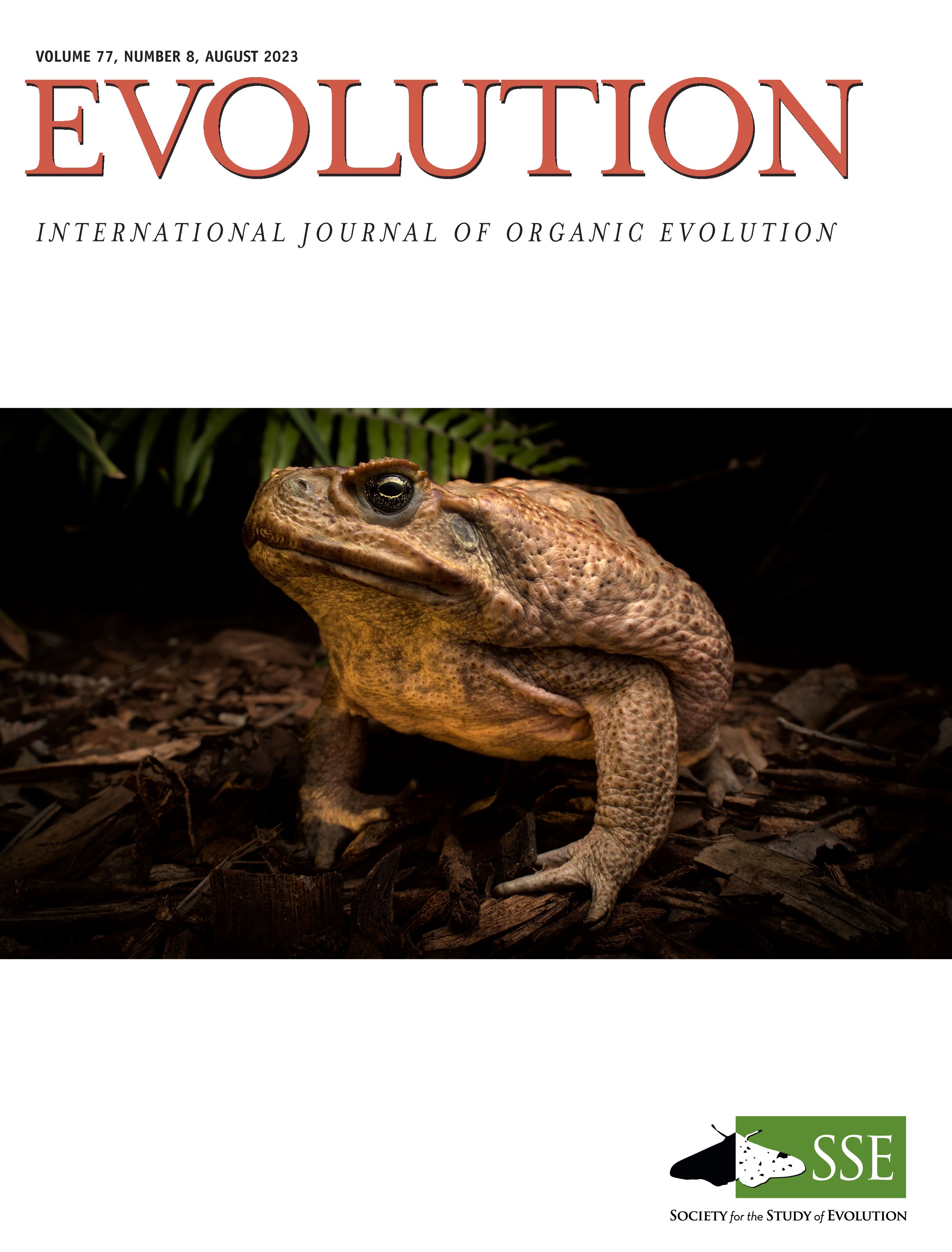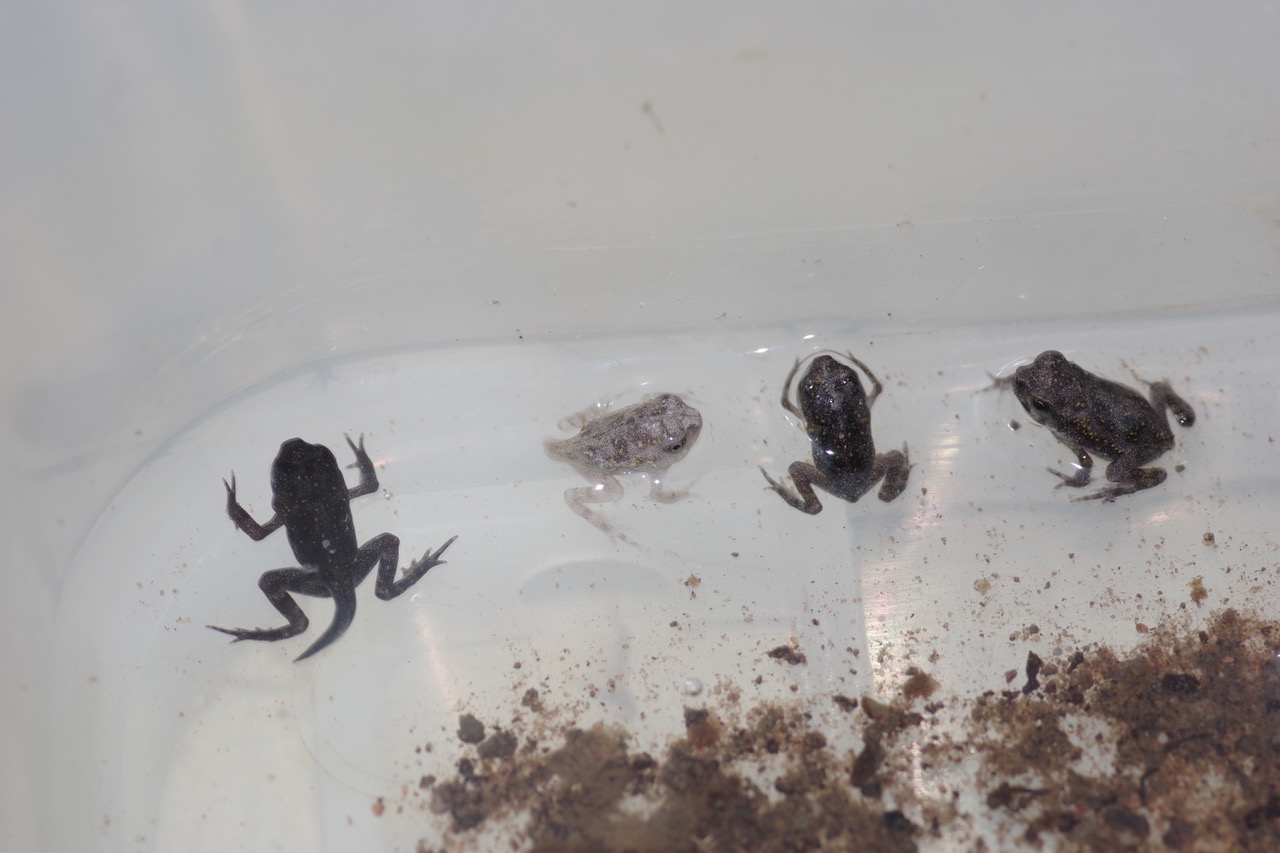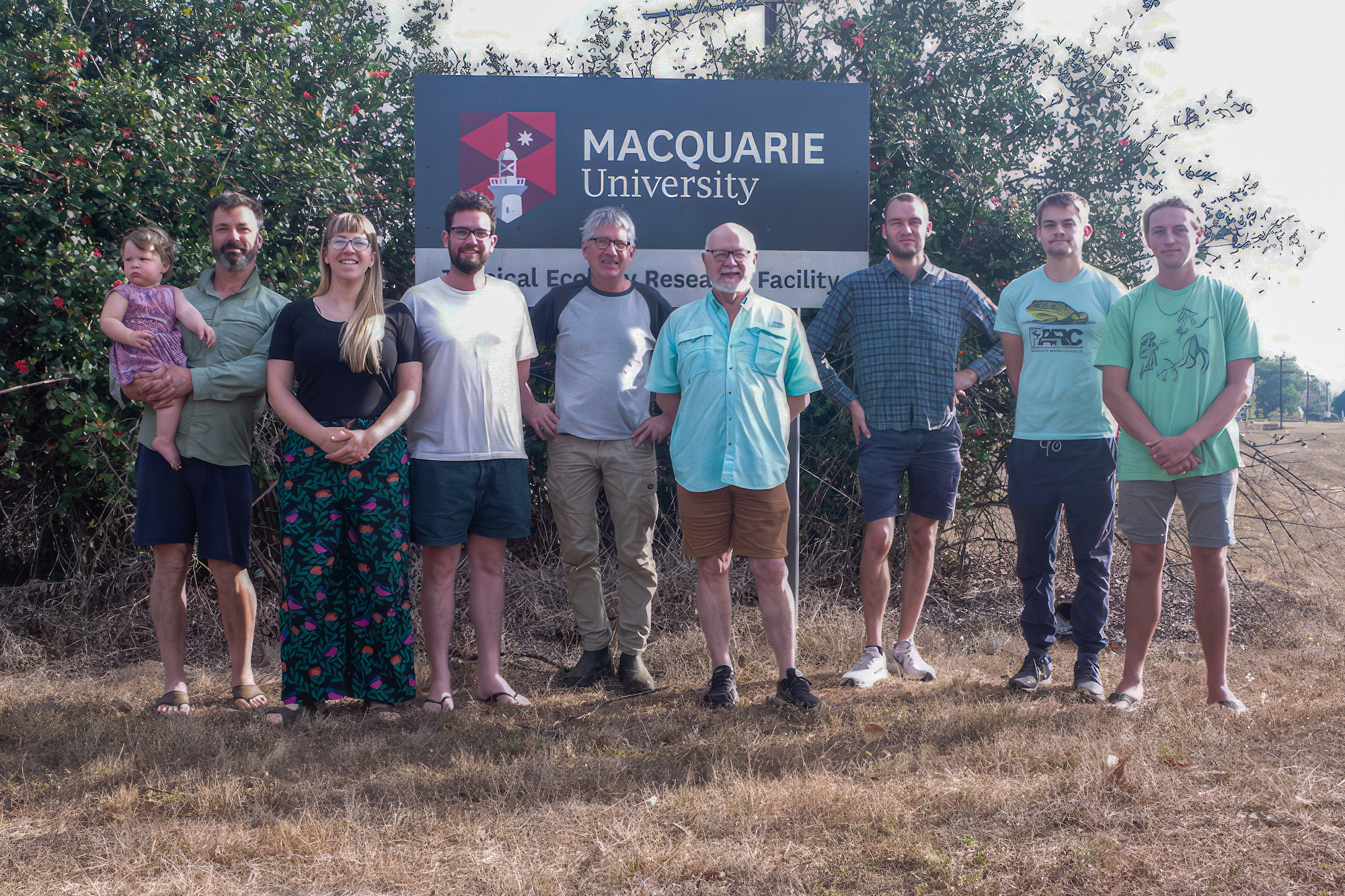TEAM BUFO - the third generation
In 2022, a new generation of toad researchers emerged to continue the TEAM BUFO tradition – but based in a new institution, and focused on toads in a different kind of habitat, using a different approach to control numbers of the invasive amphibians.
The new institution is Macquarie University, where Rick took up a research position in 2018.
The new type of habitat is the arid zone – the dryland fringe of toad invasion, where toads move into semi-desert landscapes. Importantly, these areas are the last major refuge for species like Yellow-spotted Monitors, Northern Bluetongue Skinks and King Brown Snakes that have been wiped out across the tropical savannah woodlands by the arrival of the toxic toads. And just as importantly, arid habitats put the toads under new challenges. The Australian semi-desert is very different from the moist forested habitats where cane toads evolved in South America. As a result, we have a far better opportunity to control toad numbers in the arid zone, where they are barely surviving, than in wetter areas of savannah habitat.

A turkey-nest dam in the arid zone, the only habitat that allows cane toads to penetrate into the semi-desert landscape.
The new approach blends results from TEAM BUFO’s earlier research with the emerging power of molecular genetics.
The main method we will use is a molecular system known as “CRISPR-Cas 9”, which can cut up and inactivate a gene like a pair of scissors. There are two main components, a protein capable of cutting DNA known as Cas9, and a short section of genetic code referred to as a guide RNA, which directs the Cas9 protein to the DNA of the target gene. Once the Cas9 protein has bound to the target site, it will make a single slice through the DNA. This cut will be quickly repaired, often resulting in changes to the DNA code that prevent the gene from providing correct instructions, effectively “knocking out” the gene’s function.
This kind of “genetic engineering” is now in common use, but some forms of the technology have aroused public concern. In particular, people worry about “genetically modified organisms” where scientists add DNA from one species into the DNA of another species. The result is a creature different from any that currently exist.

Our plans to use new genetics methods to control toads even made it onto the cover of one of the most important journals in evolutionary biology in August 2023
But TEAM BUFO is using a simpler and safer approach. We will simply disrupt a section of DNA, not add anything new. This kind of mutation happens frequently in nature. We can use CRISPR methods to take out a chunk of DNA at exactly the right place.
Fortunately, a CSIRO team led by Mark Tizard has already developed effective methods to “knock out” genes in the cane toad, and we will use and refine those methods (in collaboration with Mark and his team).
Our first project will be to knock out a gene important in producing the body colour of toads. If it works, we should generate albino (white) toads. This may be useful as a marker later on (so we can recognise our genetically-changed animals) but the first use will be to check that we can indeed delete a gene in this way.

Mutations occur frequently in nature, sometimes producing strange-looking toads like this albino one. We will use genetic methods to intentionally produce the same result. Photograph by Greg Brown
Once we have the method up and running, we will start “knocking out” other genes – such as ones that affect the production of the toad’s powerful poisons. A toad that was less toxic might be a useful method for reducing the impact on wildlife. That is, a predator gets the opportunity to learn that toads taste awful and make you sick, but with a far lower risk that the predator will be fatally poisoned. A predator educated in this way will then refuse to eat “normal” (that is, highly poisonous) cane toads.
There are several other possible targets for the “gene knockout” approach, that we will explore as the project progresses.
This kind of work is complicated and expensive, and it requires specialised skills very different from the ecological work performed by the first two generations of TEAM BUFO. Fortunately, we have excellent collaborators (Maciej Maselko and his team at Macquarie Uni) and have attracted generous funding from the Minderoo Foundation as well as the Australian Research Council and the Western Australian government’s wildlife management authority (Department of Conservation, Biodiversity and Attractions).

The third generation of TEAM BUFO assembled for the first time in July 2023, at our beloved field station near Fogg Dam outside of Darwin. The ecologists are Dr Georgia Ward-Fear and Dr Chris Jolly, who have a long history with TEAM BUFO. The geneticists are Dr Michael Clark and Dr Anthony Waddle, who have joined the team more recently. Alex Funk will conduct his Ph D research on this system – a far cry from his previous work on salamanders and feral pigs in the USA. And longtime member Greg Brown will be there to organise activities at the research station, while Rick will remain as team leader.

The first meeting of TEAM BUFO's third generation, at our research station near Fogg Dam in July 2023. Left to right: Aquilla and her dad (Miles Bruny) and mum (Georgia Ward-Fear), Chris Jolly, Greg Brown, Rick Shine, Michael Clark, Alex Funk, and Anthony Waddle.
It’s an awesome challenge – to blend decades’ worth of hard-won ecological understanding of cane toads with cutting-edge molecular genetics. But if it works, we will have an exciting new way to make a dent in toad abundance. We will focus on the arid fringe of the toads’ range to exploit the invader’s vulnerability, and to maximise the benefit of our work for endangered native wildlife.

